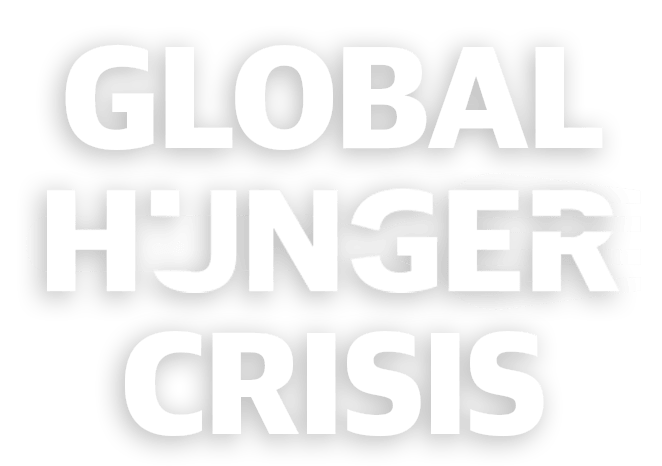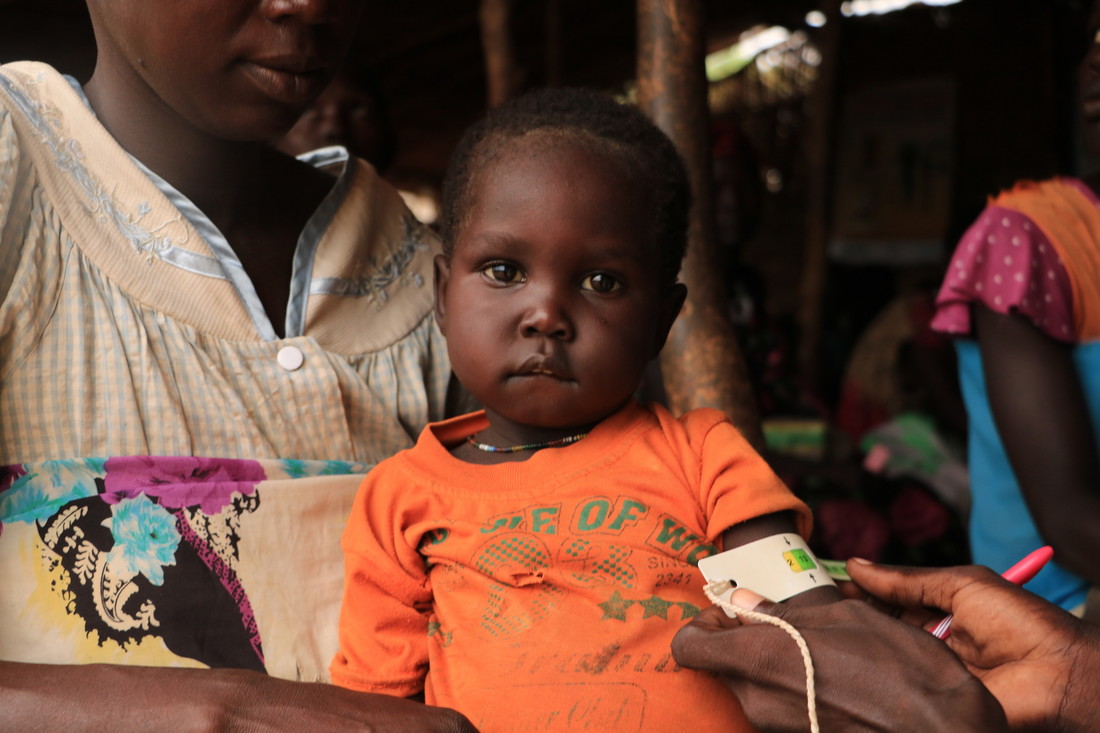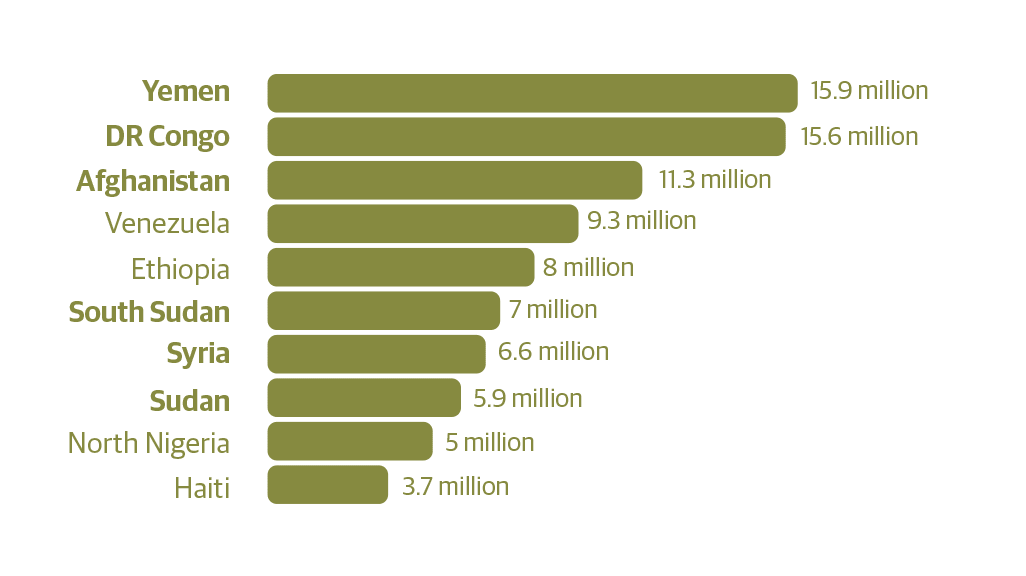270 million people at risk in 2021
In 2021, food is made to order in under 10 minutes, picked up in convenient packaging on street corners, and ordered on our phones and delivered to our door in 30 minutes.
Yet, the number of people facing starvation doubled in 2020. How did this happen? Hear from our experts
Three main causes for hunger
Ongoing conflict
Chronic poverty
Natural disasters
In the poorest of countries, the food supply of millions of people is threatened by a combination of crises. The effect of COVID-19 on struggling economies means meagre incomes are lost while food prices are on the rise. For years people have been living hand-to-mouth. This year, their hands are empty.
Hunger
The unexpected side-effect of COVID-19
The COVID-19 pandemic is compounding suffering among the world’s poorest. Lockdowns, market closures, and disrupted supply chains have skyrocketing food prices at a time when families have even less money to spend. For millions of people around the world, there is simply no way to eat.
Top 10 largest food crises
Medair is working in six of the hardest-hit countries
Source: FSIN, GRFC, WFP 2020
MEET ANGAR
Children suffer the most
Children are the most affected because their young and developing bodies are more vulnerable to problems related to hunger.
At six weeks, Angar weighed only 1.3 kg. Knowing their daughter was in danger, her parents walked 50 kilometres to bring her to Medair’s clinic in South Sudan, where she was treated for severe malnutrition and recovered.
A solution is possible
Medair has been treating the effects of hunger and preventing it in the first place for more than 30 years. We focus on the hardest-to-reach places where the most vulnerable people are often forgotten. Globally, we:
Treat malnutrition
We treat severely malnourished women and children in our clinics worldwide, and form ‘Care Groups’ in vulnerable communities to share important health messages.
Prevent malnutrition
We bring safe drinking water to communities, install handwashing stations, and carry out hygiene trainings to help prevent the spread of waterborne diseases, which can contribute to malnutrition.
Improve food security
In places like Afghanistan, we teach and equip communities to grow their own vegetables to ensure their children have the nutrients they need to grow up to be strong and healthy.
You can save a life.
Your Donation options
Your gift will be used for our most urgent needs.
In 2019…
88,576
malnourished people were treated
769,637
people were taught life-saving health and nutrition practices
492,390
people gained better access to safe drinking water
Did you know?
Take this short quiz to learn more about the causes of hunger and its solutions.






 We promise to use your donation wisely and efficiently. All donations support our mission to relieve human suffering
We promise to use your donation wisely and efficiently. All donations support our mission to relieve human suffering  92% goes directly to delivering humanitarian assistance and 8% to supporting management and fundraising.
92% goes directly to delivering humanitarian assistance and 8% to supporting management and fundraising.